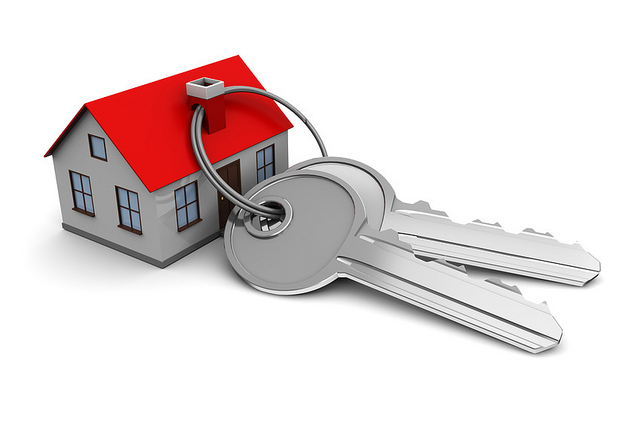Shopping for Loans to Build your dream Home
Before you start the search for a mortgage you should request a copy of your current credit report and work to correct any errors that might prevent you from receiving the best rates and terms on a loan. You will most likely need to acquire a construction loan as well as a permanent mortgage to finance your new home. Ask lenders about their various loan programs as well as the qualifications of each, these qualifications tend to change from time to time and vary between lenders so it is important to have the most up-to-date information for each lender.
To finance new home construction there are generally has two loan options: a one-time closing loan or a construction-only loan. Understanding each of these loan options and what best suits your needs and budget will benefit you greatly when construction of your house plans is underway.
One-Time Closing Loan
A one-time closing loan simplifies the loan process by combining a short-term construction loan and a permanent mortgage loan into one transaction. The short-term construction loan typically ranges from 6 to 18 months. When construction on the home is complete, the final inspection has been made and the certificate of occupancy has been received, the short-term construction loan transitions into a permanent mortgage loan.
A one-time closing loan requires only one application, one set of closing fees, and one set of paperwork which makes it attractive to many people as they save on closing fees and time. The permanent loan interest rate is locked in before construction begins. Some people like the confidence of knowing the interest rate before the project begins, while others are disappointed that they do not get to shop around for the best mortgage rates available at the time.
Depending on the lender’s policy, a one-time closing loan requires you to pay interest on the mortgage payment during the construction loan term. The policy varies between lenders so ask what your options are before making a decision. Because builders will require payment throughout the building process, a “draw schedule” will be determined in order to pay the builders and contractors for tasks completed throughout the process. You or the builder will complete a form once a month which outlines the stages of construction and requires certain funds to be released to the builder as the items are completed.
Construction-only Loan
Construction-only loans may also be referred to as two-time close construction loans. Because builders require payments to be made during construction, a construction loan offers borrowers a practical way to make those payments to the builder as various stages of the construction process are completed. A construction-only loan is a short term loan which requires closing costs and typically ranges from 6-18 months. This type of loan requires a closing at the beginning of construction and another closing when construction is complete in order to refinance the construction loan into a permanent mortgage. Just as the one-time construction loan, this loan also requires that you make interest only payments to the lender during construction.
A construction-only loan can be more expensive than the one-time closing loan, however, it offers more flexibility which has the potential to save you more money over the life of the mortgage loan. With this loan the borrower will have to apply for a long-term mortgage loan when the construction of the home is complete, this gives them the ability to find a lower interest rate than is typically offered with one-time closing loans.
Conclusion
After meeting with several lenders you should pre-qualify for at least one mortgage. Some borrowers will discover the dream home they were planning is a little out of reach while others will find they qualify for a mortgage greater than what they had anticipated. If you find that you qualify for more than you expected remember that you don’t have to accept it all. Do your research and assess your comfort level before determining the amount of money you plan to borrow. If you have an estimate of how much it will cost to build your home, it is usually a good idea to borrow a little more than the estimate to ensure that you don’t overrun the amount of your loan. If this occurs you will have to refinance and pay additional fees.
Plan ahead and SAVE! There will be a number of fees associated with building your dream home before the financing becomes available, for example, purchasing a building site, preparing the house plans and government building fees. You may find that you can be reimbursed for these expenses with your construction loan or they may be considered a portion of the down payment. The good news – when you’ve obtained financing you’ve completed the first step in the home building process and construction can begin!

